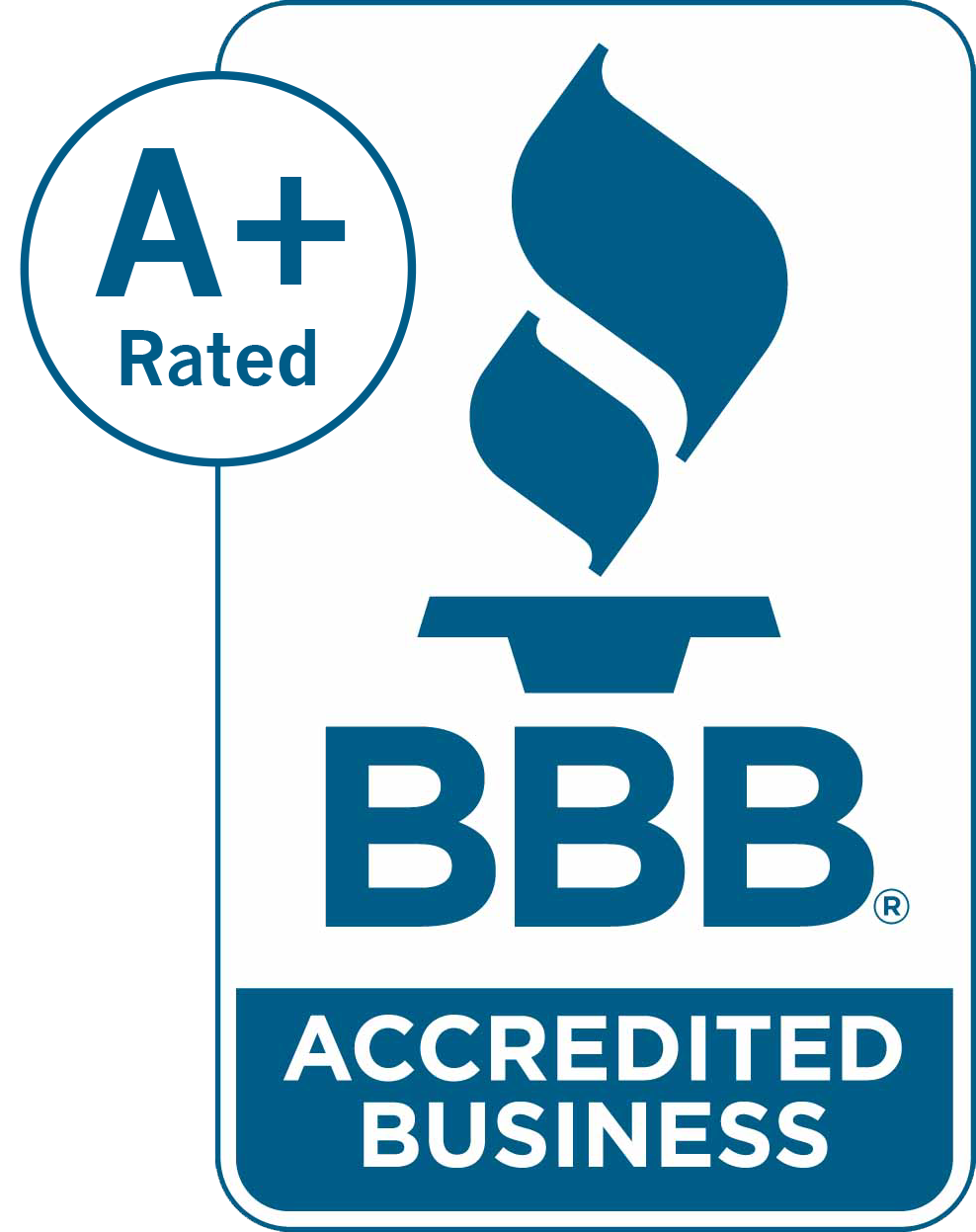Introduction to Landlord-Tenant Law Landlord-tenant law is the intricate framework that governs the dynamic relationship between property owners and their tenants. This area of real estate law outlines the rights and responsibilities of both parties, from the terms of lease agreements to the nuances of eviction proceedings and dispute resolution. Imagine it as the rulebook…
Continue reading ›Legal Articles
Introduction Organizations face a critical responsibility when litigation is anticipated or initiated: the preservation of potential evidence. This legal obligation, known as a “duty to preserve,” is enforced through a formal process called a legal hold (also referred to as a litigation hold or preservation order). Anticipated legal proceedings refer to situations where there is…
Continue reading ›Introduction California follows a “security deposit protection” system, meaning landlords must follow specific rules when collecting, holding, and returning your security deposit. California law limits security deposits to two months’ rent for unfurnished units and three months’ rent for furnished ones. This comprehensive guide will walk you through the entire security deposit process in California,…
Continue reading ›Understanding Dental Malpractice Common Examples of Malpractice: Dentists have a responsibility to provide care that meets professional standards, and negligence can lead to serious injuries. Dentistry requires high standards of precision, and failing to meet these standards can have severe consequences. Orthodontists, like other dental professionals, must evaluate and treat patients adequately, and their failures…
Continue reading ›Introduction In most states, tenants have the right to appeal an eviction judgment if they believe the court made an error or if they have valid defenses. Eviction appeals typically allow for a new trial at a higher court level, giving you another chance to present your case. This comprehensive guide will walk you through…
Continue reading ›Introduction Organizations face a critical responsibility when litigation is anticipated or initiated: the preservation of potential evidence. This legal obligation, known as a “duty to preserve,” is enforced through a formal process called a legal hold (also referred to as a litigation hold or preservation order). Anticipated legal proceedings refer to situations where there is…
Continue reading ›Introduction In the United States, eviction laws provide landlords with a legal process to remove tenants from rental properties, but tenants have significant rights and protections throughout this process. Tenants have rights when a landlord fails to follow legal processes or provide necessary repairs. This comprehensive guide will walk you through the entire eviction defense…
Continue reading ›Introduction Small claims court provides an accessible, cost-effective legal forum for resolving disputes involving relatively modest amounts of money. This guide explains the process of filing, preparing, and presenting your case in small claims court, helping you navigate the system without needing an attorney. What is Small Claims Court? Small claims court is a simplified…
Continue reading ›Introduction to the Appellate Court The 2nd Appellate District is part of the California Courts system, which includes the Supreme Court, Courts of Appeal, and trial courts. The appellate court hears cases from district courts and trial courts, including criminal appeals and civil cases. The court is composed of a panel of judges who review…
Continue reading ›Introduction to the Judicial Process The judicial process in California is structured hierarchically, with the Supreme Court at the apex, followed by the Courts of Appeal, and the trial courts forming the base. The California Courts of Appeal, commonly referred to as the appellate court, play a pivotal role in reviewing decisions made by the…
Continue reading ›












